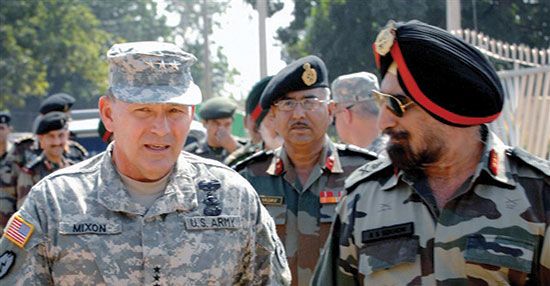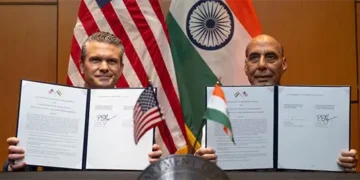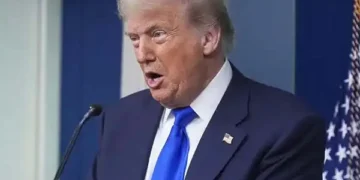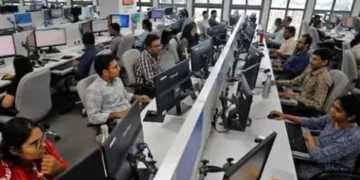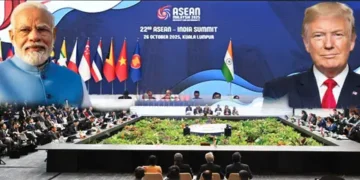Team Blitz India
The world’s oldest and largest democracies, the US and India, find themselves ever more intertwined as global power dynamics shift. Their relationship is multifaceted – marked by robust strategic collaborations amidst occasional strains stemming from diverging priorities.
STRATEGIC ALIGNMENT
Countering China: Anxieties over China’s expanding regional influence undergird much of the recent USIndia convergence. Initiatives like the Quadrilateral Security Dialogue (Quad), encompassing the US, India, Japan, and Australia, are designed to safeguard a free and open Indo-Pacific region.
Defence collaboration: A surge in arms sales, highlighted by India’s recent acquisition of US-made Apache helicopters, signifies deepening defence cooperation. Additionally, frequent joint military exercises foster interoperability, increasing their capacity to act together if the need arises.
Beyond defense: Collaboration extends beyond hardware; the US-India Initiative on Critical and Emerging Technologies (iCET) highlights joint efforts to advance innovation in domains like AI and quantum computing, positioning themselves as technology leaders and lessening reliance on China.
AREAS FACING TESTS
Strategic autonomy: India’s refusal to explicitly condemn Russia for its invasion of Ukraine underscores its tradition of non-alignment. Its ongoing purchases of discounted Russian oil, despite Western pushback, demonstrate it won’t toe the US line if that means jeopardising its own interests.
Trade tensions: While bilateral trade reached impressive heights in 2022, disagreements regarding market access persist. Indian tariffs on certain US goods and limitations on foreign investment are areas where policymakers struggle to see eye-to-eye.
Potential sanctions: India’s purchase of advanced Russian S-400 missile defence systems poses a major worry for its US partners. While a sanctions waiver seems feasible for now, any future actions that trigger the Countering America’s Adversaries Through Sanctions Act (CAATSA) could cause major frictions.
OPPORTUNITIES BECKON
Technology as bridge: The rise of India’s IT sector creates valuable synergy within the US tech ecosystem. Joint research initiatives and tech talent exchange promise innovations shaping the global digital landscape.
Diaspora influence: The 4.4 millionstrong Indian-American population acts as a powerful advocate for strong bilateral ties. Their presence within American business, politics, and cultural institutions plays a significant role in building understanding and goodwill.
Climate collaboration: As two of the world’s largest emitters, the US-India Climate and Clean Energy Agenda 2030 provides a framework for collaboration on green energy transitions and emission reduction.
LOOKING AHEAD: The US must avoid the expectation of India serving as an unquestioning junior partner. As a nation experiencing significant economic and military ascendance, India will make decisions prioritising its own interests, even if this complicates existing alliances.
India, similarly, must navigate a fine line. Seeking benefits from collaboration with the US without becoming overtly dependent on an alliance that risks limiting its choices in a rapidly evolving world is crucial for preserving its sovereignty.
This relationship may best be characterised as a complex dance, marked by periods of synchronised efforts and instances where steps diverge. In times where a rising China redraws the geopolitical map, a complete rupture seems unlikely.














